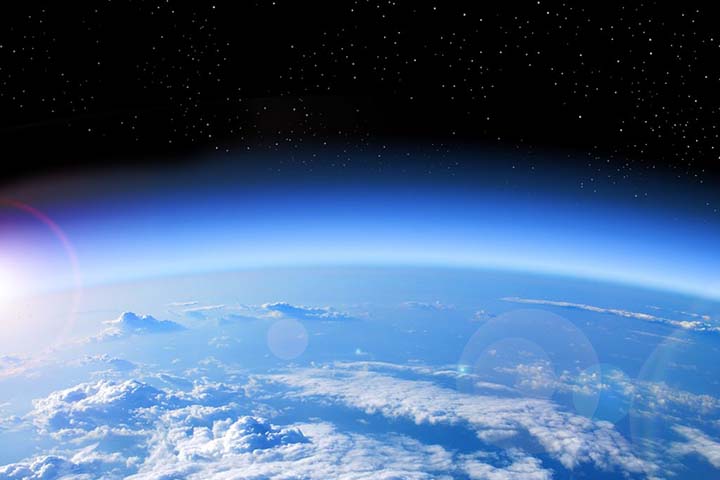Results
Earth Day Quiz
Brought to you by Kendriya Vidyalaya Adoor Library
Well done, guest! You deserve a trophy!Reload quiz

Views: Today 1 | Total 258
Earth Day Quiz
Brought to you by Kendriya Vidyalaya Adoor Library
Nice try, guest. Why don't you take the quiz again?
Reload quiz

Views: Today 1 | Total 258

#1. Poaching is a severe threat to elephants. How many elephants are killed for their tusks?
#2. In the Earth's crust, which chemical element has the largest share of 47 percent in terms of weight?
#3. Which of the following is NOT considered to be a source of renewable energy?

#4. The Siberian Crane, an endangered migratory bird is a regular visitor of which of the following national park or bird sanctuaries?

#5. Name the atmospheric layer closest to the ground

#6. According to scientists, how many countries could run entirely on wind, solar, and water power by 2050?

#7. What is the direction of rotation of earth on its axis?

#8. About 71% of the Earth is covered with water. How much of it is fresh water?
#9. Which among the following country is considered to have the world's first sustainable bio-fuels economy?
#10. More than half of the breathable oxygen in the world comes from ___________?
About two-thirds of the world’s breathable oxygen comes from the ocean or, more specifically, from tiny marine plants, called phytoplankton, floating on the ocean’s surface.

#11. Sounds from boats and sonar devices are dangerous to whales.
Ocean noise created by human activities puts marine species at risk and threatens their survival. In fact, increased noise levels can impact certain species like whales, who rely on the ability to communicate and hear in their natural environment to find food, mates, and avoid predators.

#12. The first artificial satellite to orbit earth was ____________ .
Sputnik 1 was the first artificial Earth satellite. It was launched into an elliptical low Earth orbit by the USSR on 4 October 1957 as part of the Soviet space program. It orbited for three weeks before its batteries ran out. (The image is not of Sputnik 1)
#13. What is the theme of World Environment Day 2023?
The World Environment Day theme for 2023 is “Solution to plastic pollution” and the event was hosted by Côte d’Ivoire, a country on the southern coast of West Africa. It is a reminder that people’s actions on plastic pollution matters. The steps governments and businesses are taking to tackle plastic pollution are the consequence of this action. It is time to accelerate this action and transition to a circular economy.
#14. Where does the majority of plastic waste end up?

#15. The ozone layer restricts
The ozone layer is a thin part of the Earth’s atmosphere that absorbs almost all of the sun’s harmful ultraviolet light. “Ozone holes” are popular names for areas of damage to the ozone layer. Ozone layer damage is more like a really thin patch than a hole.
#16. Earth Day is celebrated every year to demonstrate support for environmental protection. On which day is it celebrated?
#17. Which of the following are the top 5 contributing countries to the world’s plastic pollution problem?

#18. What is an endangered species?
An endangered species is a type of organism that is threatened by extinction. Species become endangered for two main reasons: loss of habitat and loss of genetic variation.
#19. Which is the largest desert in the world?

#20. An ecotone is an area that acts as a boundary or a transition between two ecosystems. The species which become abundant in an ecotone are called
Examples of ecotones include marshlands (between dry and wet ecosystems), mangrove forests (between terrestrial and marine ecosystems), grasslands (between desert and forest), and estuaries (between saltwater and freshwater). The species, which are found primarily or most abundantly or spend most of their time in an ecotone are known as edge species.
Views: Today 1 | Total 258




